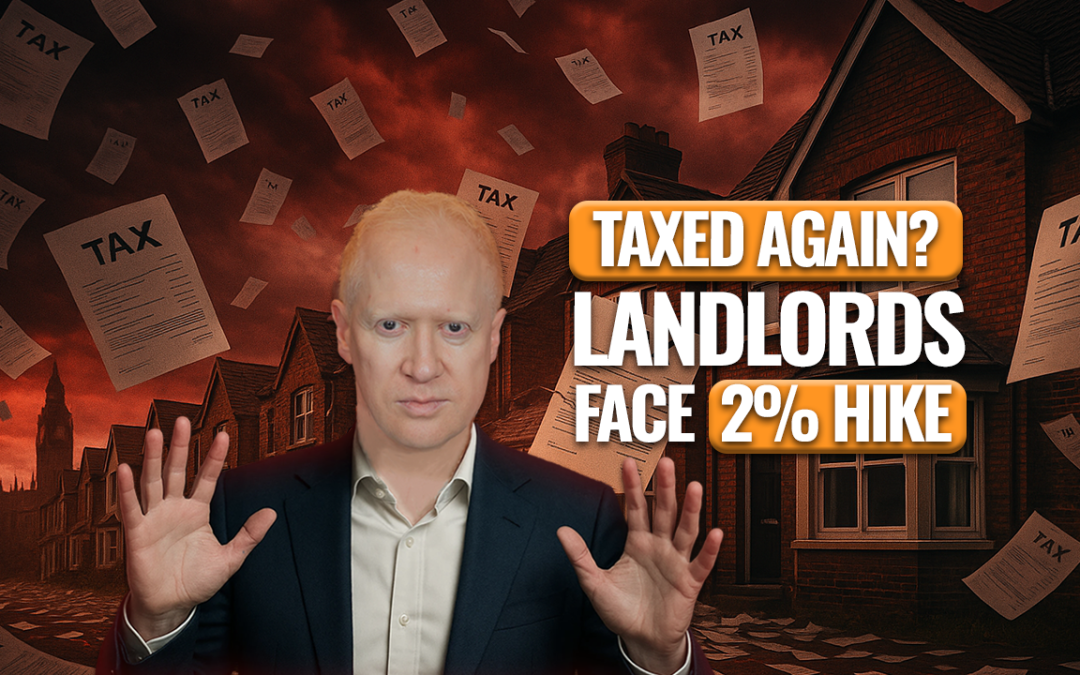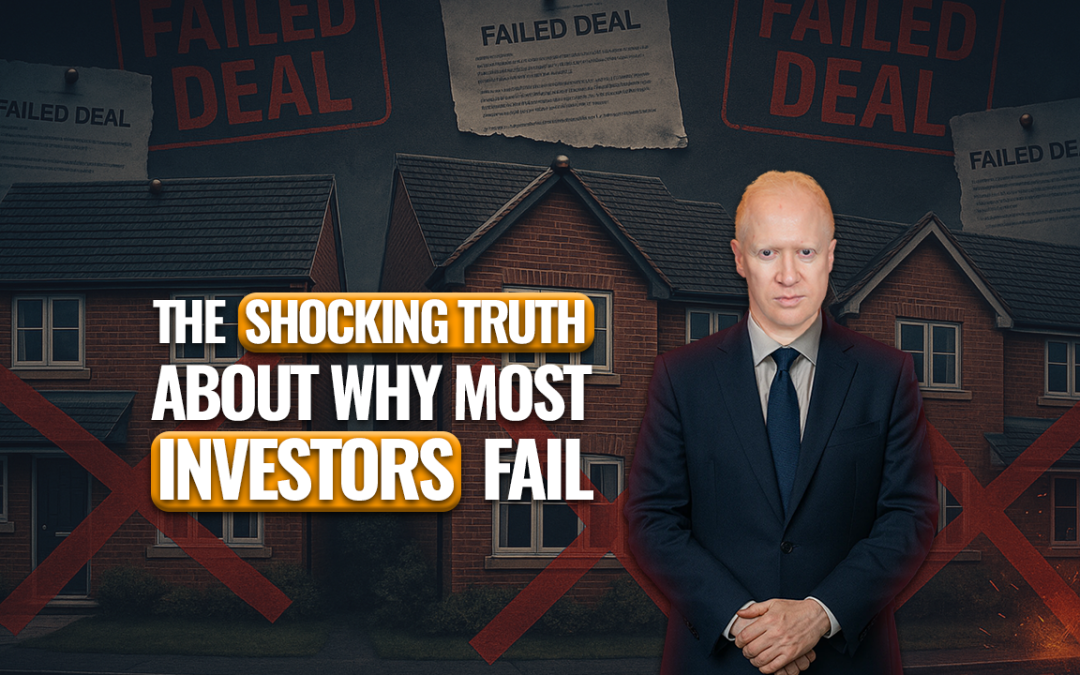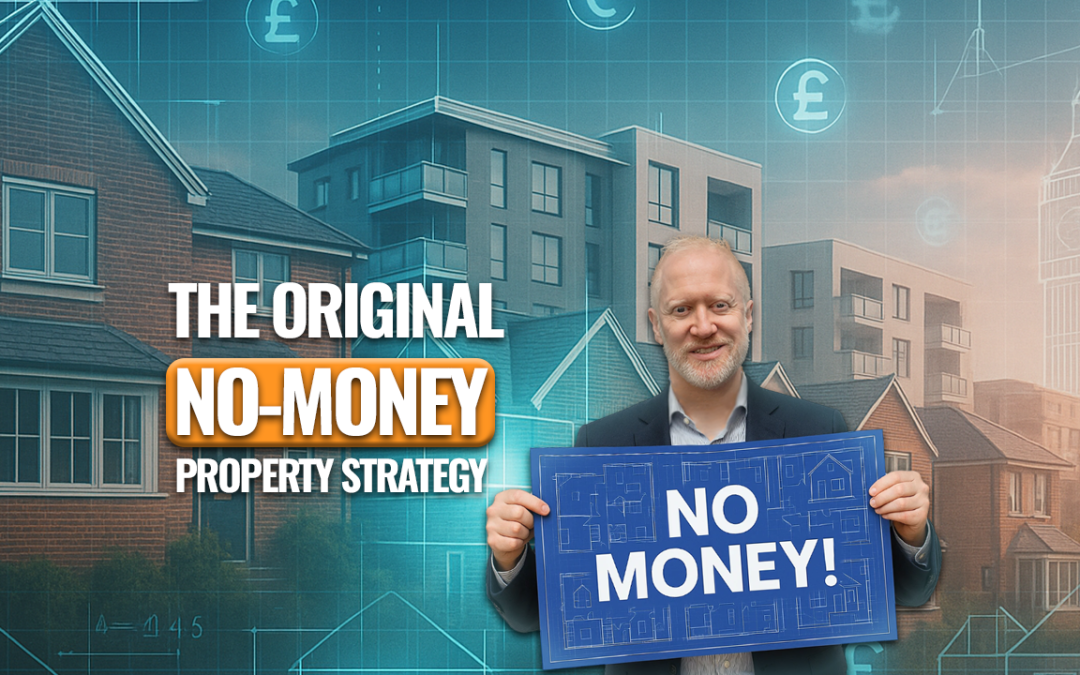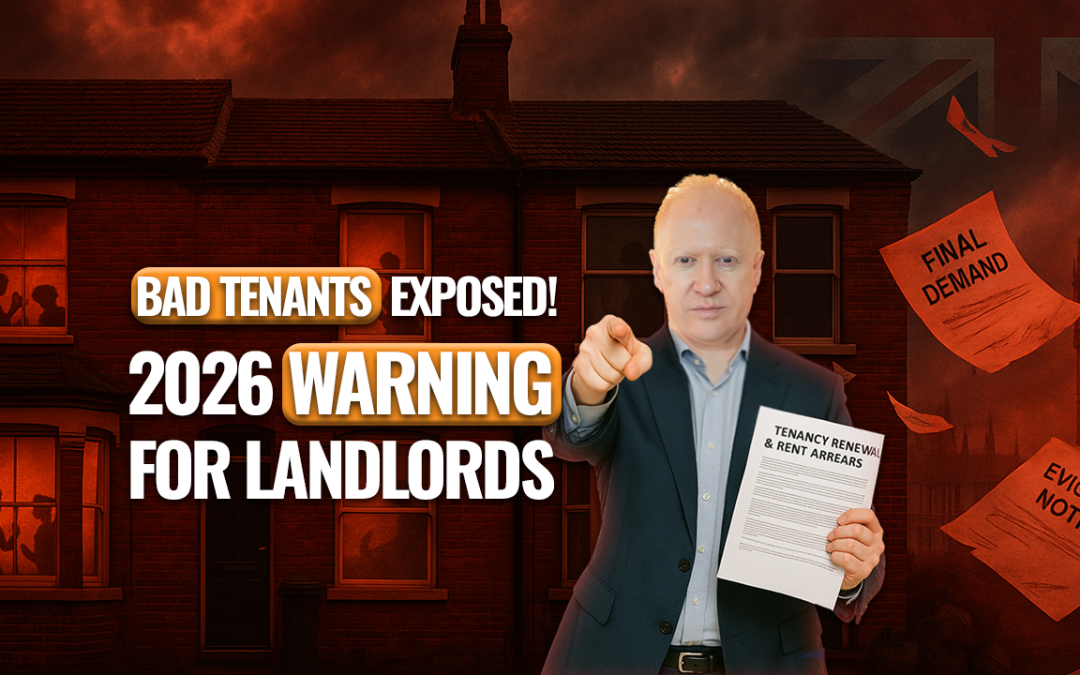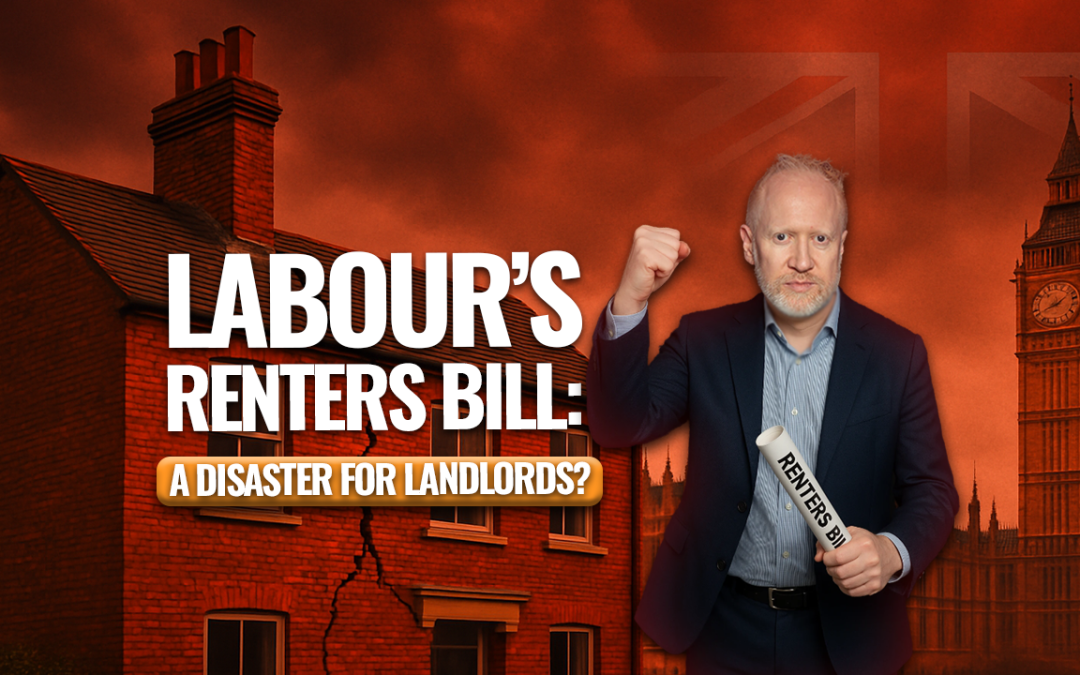BDRR Strategy: How Two Mastermind Investors Completed 50 Property Projects in Five Years
The BDRR strategy has become one of the most effective ways for UK investors to create value, recycle capital and build long term momentum. In this episode, two Property Mastermind graduates, Phil Bygrave and Tim Witt, explain how using this structured approach helped them complete 50 property projects in just five years. Their experience shows how a clear framework, consistent action and development-led value can accelerate portfolio growth.
Right from the start, they wanted a strategy that supported predictable progress. The BDRR strategy gave them the structure they needed. It allowed them to buy the right properties, develop them with clear plans, rent them efficiently and refinance to release capital. As a result, they built steady momentum without relying on unpredictable market conditions.
Why the BDRR Strategy Creates Stronger Results Than Traditional BRRR
Most investors start with the classic BRRR model. This usually focuses on light refurbishment, which limits how much value you can add. The BDRR strategy shifts the focus to development work that sits higher up the value chain. This single change often produces a stronger uplift in value and makes refinancing far more effective.
Development also opens the door to more opportunities. Some properties that would not work as refurbishment deals become highly profitable when viewed through a development lens. This reduces competition, increases deal flow and delivers stronger long term returns.
Many investors also find that BDRR gives them better rental performance. By creating well finished properties rather than lightly improved ones, they attract higher quality tenants and maintain stronger income stability.
How BDRR Helped Them Complete 50 Property Projects
Phil and Tim built their momentum through consistent criteria and daily discipline. They assessed a high volume of properties and used the same structured model to filter each one. This meant they spent less time on unsuitable deals and more time on the opportunities that genuinely matched their goals.
They strengthened their relationships with agents and contractors, which helped them access properties earlier than the open market. These relationships became essential as their portfolio scaled.
Daily Habits That Supported Their BDRR Success
They followed simple routines that kept them moving:
• Checking new listings every morning
• Running figures using one clear model
• Keeping build costs updated
• Reviewing refinance assumptions regularly
These habits gave them confidence. Many investors struggle because deal analysis happens irregularly. With a structured routine, decisions become easier.
Why Deal Flow Increased Over Time
Every completed project strengthened their systems. Their conversations with contractors improved their development planning. Each refinance taught them more about values, lending and future potential. Over time, they became faster at recognising genuine opportunities simply because they had more real-world data to work from.
Their confidence grew as well. They developed a clearer understanding of pricing patterns, build costs and rental demand in their chosen areas, which helped them identify value quickly.
How Their Turnkey Model Enhanced the BDRR Strategy
As their expertise increased, they refined their approach into a turnkey service. This allowed them to source properties, manage development, prepare rentals and oversee ongoing management in one system.
For many investors, this removed the complexity that development can bring. For Phil and Tim, it created a smoother path for scaling because all stages worked in one coordinated process with fewer delays.
The Mindset Behind the BDRR Strategy
Their mindset played a major role in their success. They focused on long term outcomes rather than short term wins. Challenges were treated as opportunities to strengthen systems. Emotional decision making was avoided. If a deal did not meet their criteria, they moved on. This discipline protected their time and reduced risk.
How Clear Systems Reduced Mistakes
The BDRR framework helped them avoid common issues such as:
• Overpaying due to excitement
• Underestimating development work
• Missing compliance steps
• Misjudging rental demand
Strong systems allowed their projects to stay on track and maintain long term profitability.
Why These Lessons Matter for UK Property Investors Today
Phil and Tim’s journey shows what is possible when you combine education, implementation and discipline. The Property Mastermind Programme gave them the structure to start. The BDRR strategy gave them the engine to grow. Their systems and mindset allowed them to scale safely.
For any investor serious about building financial freedom through property, this approach is practical and repeatable. The opportunities are out there. The question is whether you are ready to take the next step, apply the structure and build momentum. If you would like to discuss your options further you can do so by clicking here and booking a call.
Get a copy of Tim and Phil’s Financial Freedom book here: https://www.amazon.co.uk/dp/B0G2BLRBZK.
Frequently Asked Questions
What is the BDRR strategy?
The BDRR strategy stands for Buy, Develop, Rent and Refinance. It builds on the classic BRRR model by moving up the value chain and completing development work rather than light refurbishment. This approach creates greater uplift, stronger refinancing figures and a more scalable path for portfolio growth.
How did Phil and Tim complete 50 property projects in five years?
They followed consistent routines, analysed more deals than most investors and applied the same structured BDRR process every time. Their discipline, clear criteria and strong relationships with agents and contractors allowed them to move quickly and repeat the process at scale.
Why is BDRR more effective than traditional BRRR?
BDRR allows investors to create value at development level rather than through small cosmetic improvements. This wider scope increases refinance valuations, enables more capital recycling and produces stronger long term returns.
Is BDRR suitable for new investors?
Yes. New investors can use BDRR as long as they have the right support, understanding and systems in place. Many prefer working with a turnkey provider, as this removes the operational workload while keeping the benefits of development-led value creation.
What role does a turnkey model play in scaling a portfolio?
A turnkey model gives investors access to sourcing, development, rental preparation and ongoing management through one streamlined process. This reduces risk, increases efficiency and allows investors to grow without taking on the day to day work themselves.
How important is discipline in completing multiple property projects?
Discipline is essential. Consistent activity, structured analysis and clear decision making help investors stay focused, avoid mistakes and build momentum. Without discipline, scaling is difficult, even with a strong strategy.
Do I need construction experience to use BDRR?
No. While development knowledge is helpful, many investors work with experienced teams or turnkey providers. The key is understanding the fundamentals of deal analysis, development value and long term refinancing potential.
How can I learn more about Phil and Tim’s approach?
Their new book, Financial Freedom, explains the BDRR strategy in depth and includes real examples from many of the 50 property projects they completed. It offers practical guidance for building long term passive income through property.
About property investors network
Founded in 2003 by Simon Zutshi, property investors network (pin) is the UK’s longest-running and pioneering property training and networking organisation. We cater for all levels of investors from beginners learning how to start in property to experienced professionals looking to scale.
With monthly property networking meetings across the UK, online workshops and hands-on coaching programmes, pin has supported thousands of people to build knowledge, confidence and profitable portfolios.
Unlike estate agents or deal sellers, pin focuses purely on UK property training and education, providing a safe and inspiring community for anyone serious about property investing.



